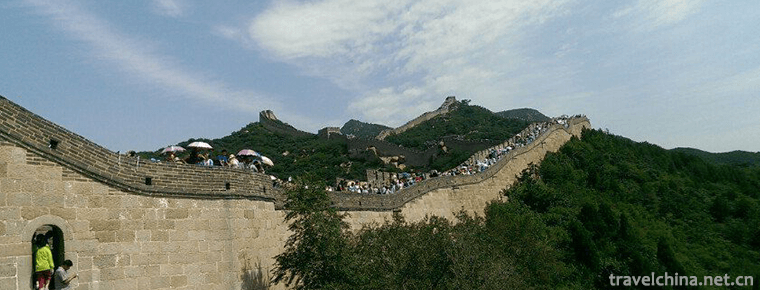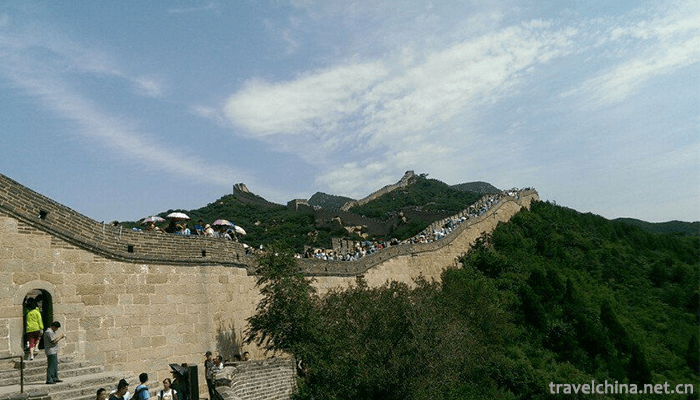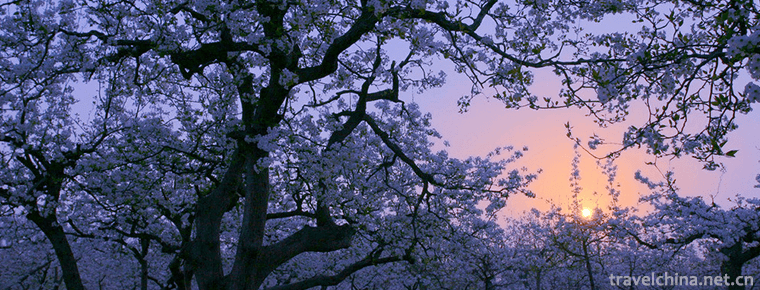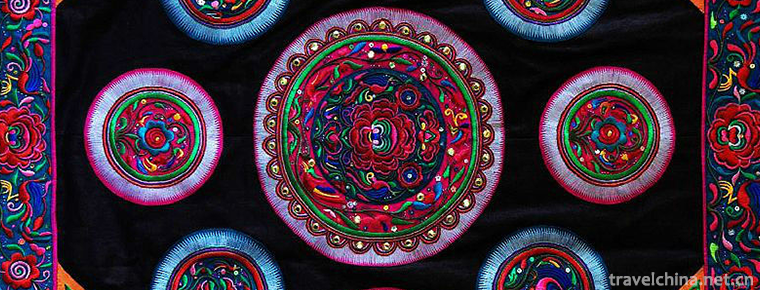2018-12-22

- By ChinaWiki.net
- Chinese Edition
- 2019-04-02
Legend of Badaling Great Wall
Badaling Great Wall legend is one of the traditional folk legends in Beijing. It is rooted in the folk and has prominent dialect characteristics. It combines romanticism and realism skillfully. It has strong mythological and legendary color. It is an important part of the Great Wall culture of China.
On June 7, 2008, the legend of the Badaling Great Wall was approved by the State Council to be included in the second batch of national intangible cultural heritage lists.
Historical origin
Badaling Great Wall is the longest building history in Beijing area. It has been an important military site and transportation road since ancient times. The architectural history of Badaling Great Wall over 2300 years is the development history of Badaling Great Wall legend.
Since the 1980s, the County Cultural Museum has been collecting and sorting out the folklore of Badaling Great Wall . According to statistics, more than 160 legends of the Badaling Great Wall have been excavated and sorted out in the county.
These works are published in Yanqing Folk Tales and Legends, Gouchuan Folk Tales and Legends, Legends at the Foot of the Great Wall, The Great Wall of the Peak Fire, The Stories at the Foot of the Great Wall, Badaling Historical Tales and The Collection of Stories of the Great Wall of China. The works have distinct ideological, artistic and local characteristics. In recent years, with the rapid development of regional economy and society, books such as Bangshuiyu, Ligun and Shifo Temple, which record rural changes in Badaling area, have been published successively, enriching the content of legends in Badaling area.
primary coverage
Badaling Great Wall is the longest building history in Beijing area. It has been an important military site and transportation road since ancient times. The architectural history of Badaling Great Wall over 2300 years is the development history of Badaling Great Wall legend.
The Legend of the Badaling Great Wall covers a wide range of subjects and is rich in content. It expresses the thoughts and feelings of the masses, mainly in five aspects. Among them, the myths and legends of the Badaling Great Wall mainly include "Fairy Point Bricks", "The Origin of the Three Passes of the Great Wall", "Zhangguo Lao Xiu Jiaojie Tower" and "Erlang God and Catching the Mountain Whip". Meng Jiangnu's legends mainly include "Why Zongzi is a triangle", "Meng Jiangnu and the earliest section of the Great Wall" and "Hang Paper Anvilion". These legends have distinct local characteristics and manifestations. The legends of Badaling Great Wall area mainly include 72 legends of Guangou and legends of passes, castles, beacon towers and villages; the legends of the origin of the name of Badaling mainly include "Yuan Renzong was born in Yanqing", "Li Zicheng entered Beijing", "Bataling" and so on. In addition, the legend of the Badaling Great Wall also records the legends of people's production and life, season, customs and historical figures along the Badaling Great Wall.
Inheritance significance
The Legend of the Badaling Great Wall is a literary style of "original ecology". It is rooted in the folk and has prominent dialect characteristics. It combines romanticism with realism skillfully. It has strong mythological and legendary colors. It is an important part of the Great Wall culture of China. The legend of the Badaling Great Wall has a wide range of subjects, distinctive features, strong regionalism and strong ideological character. It also embodies the various folk customs and colorful cultural phenomena of the Badaling Great Wall. These beautiful and moving legends, which have been told and spread by countless people, are deeply rooted in the folk and endure for a long time.

Ask a Question
Your email address will not be published.



0 Questions